Auxiliary steam pumping station Kaagpolder
In the open West Frisian meadow polder area between Opmeer and Obdam, the 15-meter-high chimney stands out. This belongs to the former auxiliary steam pumping station of the Kaagpolder. Together with the adjacent Kaagmolen and the electric pumping station, they provide a beautiful picture of the development of drainage technology from wind power to motor power. Both the pumping station and the mill are national monuments.

Kaagpolder
The auxiliary steam pumping station is located in the Kaagpolder (about 355 ha in size), formerly called the Spanbroekerkaag. Originally it was a marshy peatland area that would disappear under water without intervention. Therefore, in the 16th century it was decided to reclaim the area and build a mill for drainage. In 1654, the current Kaagmolen was built with a flight of 26.28 meters, very large for that time. The mill pumped water to the Raaksmaatsboezem and received a screw pump around 1850, replacing the original scoop wheel. The mill is still grinding capable and today serves as an aid in draining the polder.
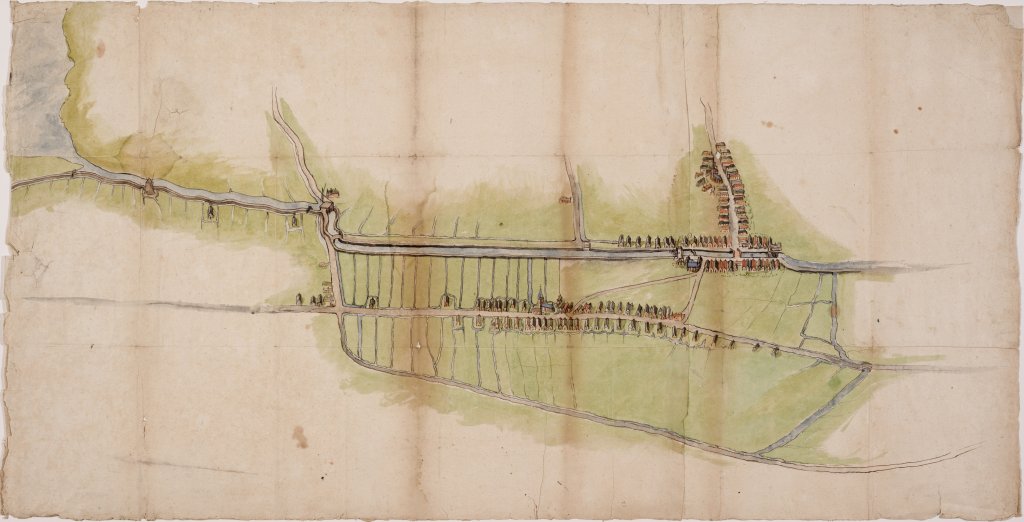
Switch to steam pumping
After the mid-19th century, windmill drainage was increasingly inadequate due to subsidence, which meant that the water had to be raised higher and higher. Moreover, the wind was always an uncertain factor. In 1879, the polder board decided to build an auxiliary steam pumping station. Full conversion to steam was not financially feasible at the time due to the high price of coal. During windlessness and heavy precipitation, the pumping station, as a supplement to the mill, was really a godsend. On March 12, 1879, the tender for the pumping station was held in the Town Hall in Spanbroek.
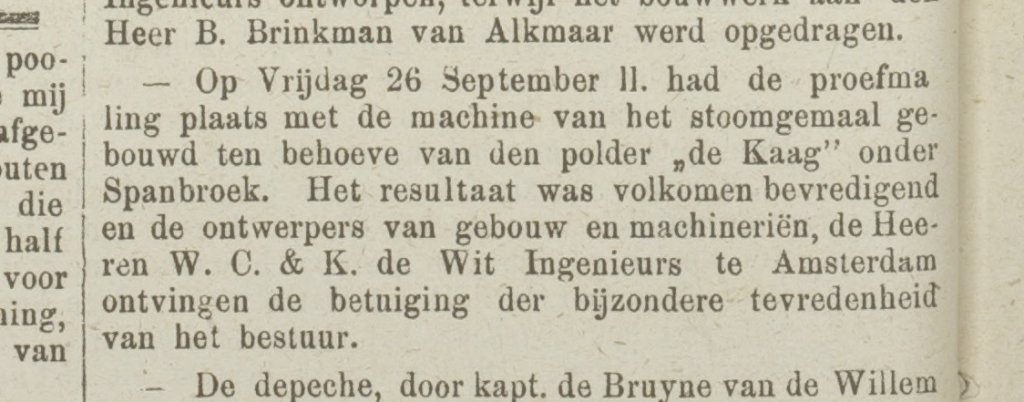
The design came from the Amsterdam engineering firm W.C. and K. de Wit, specializing in pumping stations. The small building was constructed by contractor J. Kooten from Wognum. Unfortunately, a miscalculation on the part of the engineering firm resulted in an unexpected extra cost of almost 1,000 guilders.
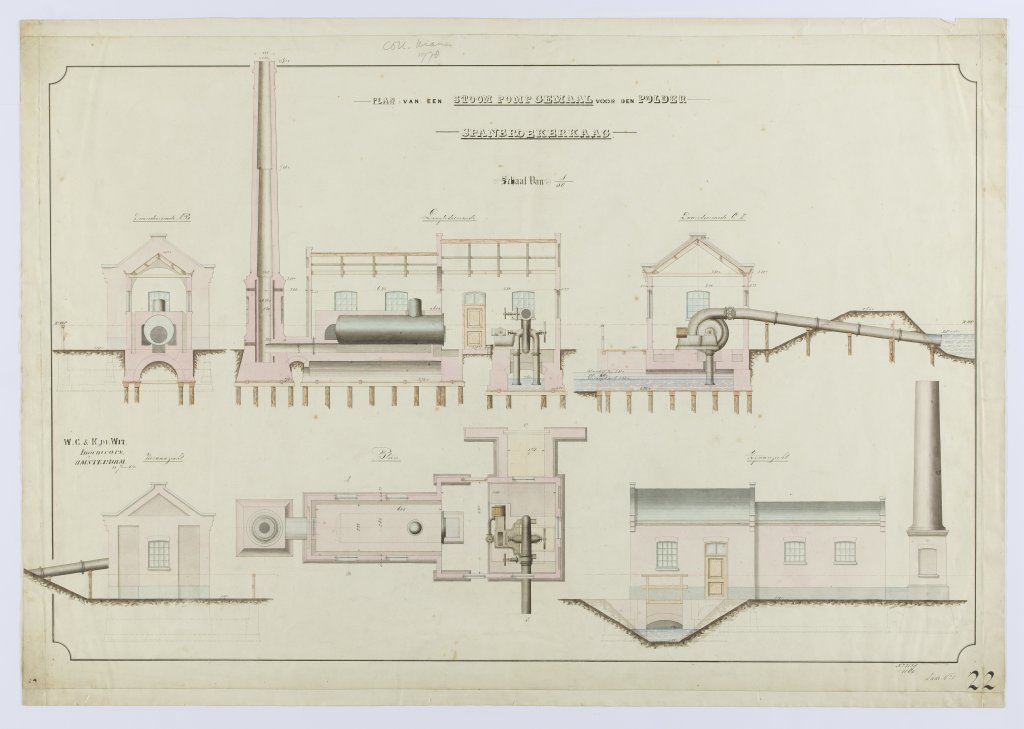
The auxiliary steam pumping station consisted of two parts: a boiler house on the north side and an engine and pump building on the south side. A small 16-horsepower steam engine drove the centrifugal pump. A chimney and a coal shed arose next to the pumping station, where coal brought in by barge was stored. A bridge across the water was installed only later. Starting up the steam engine was a time-consuming job. When it was necessary to jump in alongside the mill, the chairman of the polder board would inform the engine driver a day in advance. During firing, the machinist remained with the machine uninterrupted and lived temporarily with his family in the building.
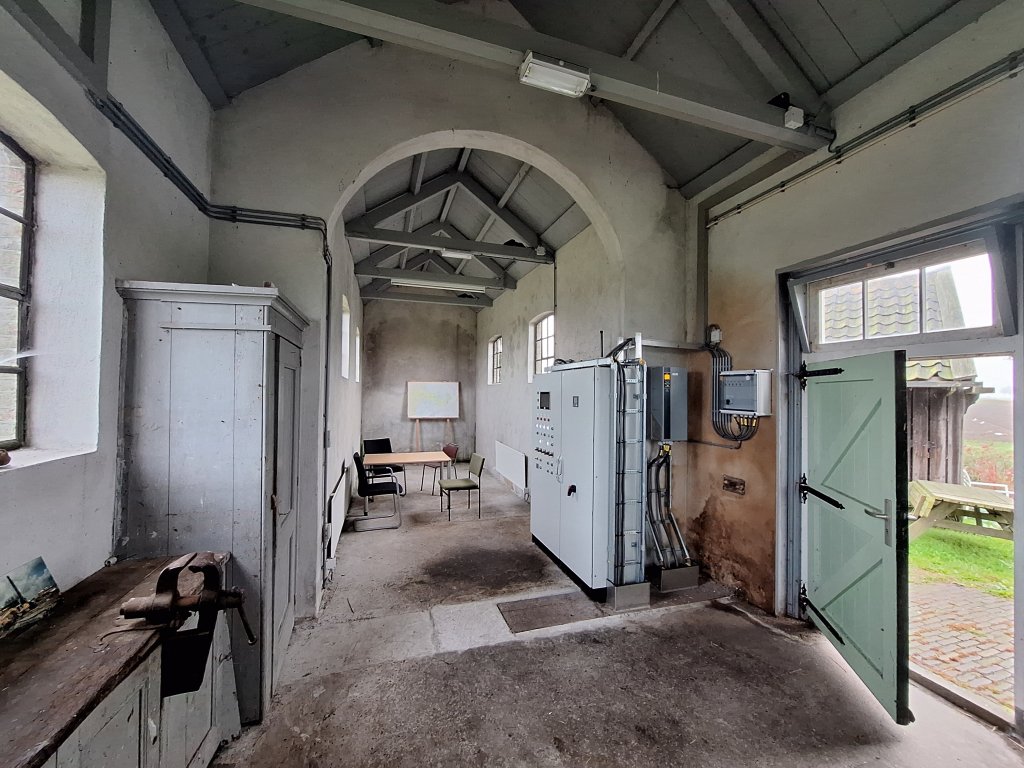
End of coal era
After decades of faithful service, the steam pumping station proved outdated and inefficient in the 1950s. Maintenance costs were increasing and the pump was also in poor condition. In 1958, the steam engine was replaced by a 37-hp Deutz diesel engine. This engine had several advantages: it was more efficient, faster to operate (without the long heating process of steam), and consumed about 50% less fuel. This modernization ended the era of coal-fired pumping. The space under the steam boiler was then sealed. The original steam engine and pump were given a new use in the Cruquius Museum in Haarlemmermeer.
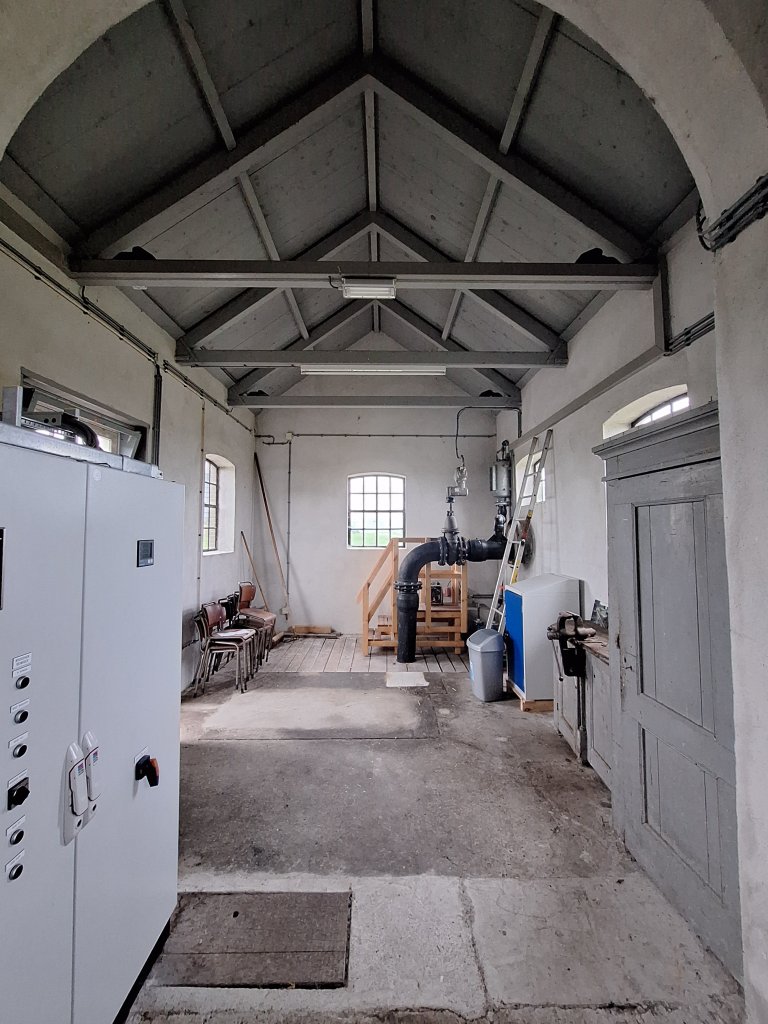
Monument status
By the mid-1980s, the diesel plant was in need of replacement. Electric pumping offered a better solution, but installing a new installation in the existing building was difficult. Due to plans for land consolidation in the De Gouw area, where the water level would be lowered, major modifications were needed. It was therefore decided to build a new, electric pumping station next to the existing one, thus depriving the old pumping station of its function.
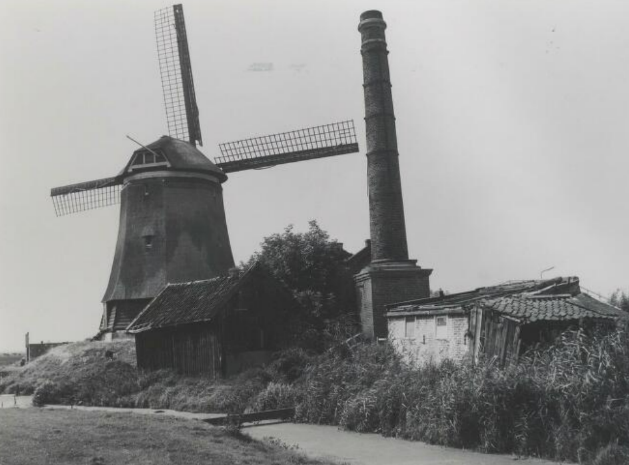
In 1994, an electric pumping station with screw pump was built next to the auxiliary steam pumping station. The transformer required for this was housed in the auxiliary steam pumping station. Later, the electric pumping station was again replaced by a fully automatic screw pump pumping station with a separate transformer. The transformer in the auxiliary steam pumping station was removed and some control cabinets remained here.
In 1988, the auxiliary steam pumping station, chimney, coal shed and the Kaagmolen became national monuments. The coal shed, which collapsed that same year due to storm damage, was rebuilt several years later.
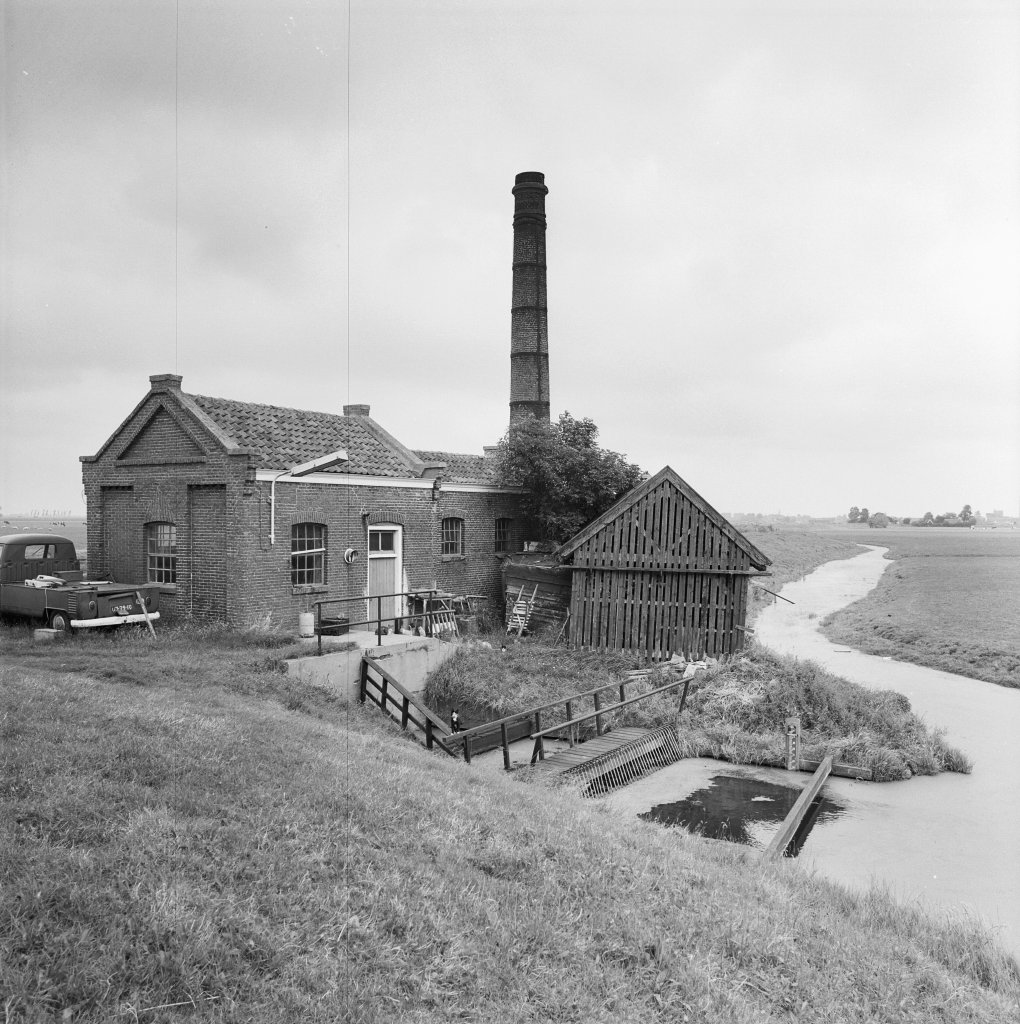

Additional
Bikes
- Polder mill route from Hoogwoud (Routiq)
- Cycle tour Hoogwoud 30 km (Westfries Society)
Kaagmolen (Mills Database)